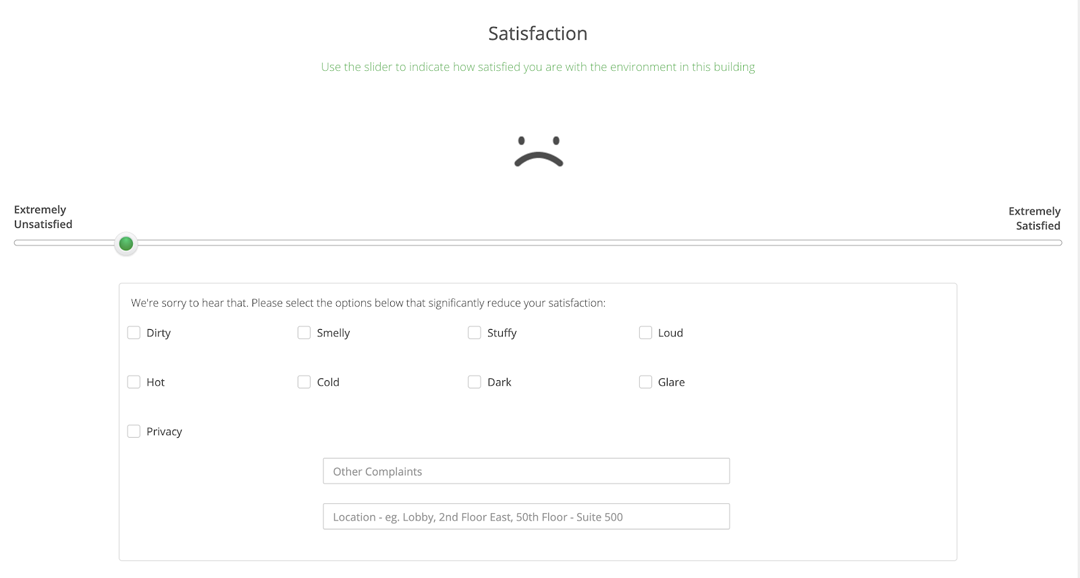
Green building is in the middle of a revolution. For more than 20 years, green building has been based on prescriptive “best practice” requirements, documentation and third-party review. This powered market transformation around the world. But today, we are witnessing a shift toward operational performance as as one of the primary motives for pursuing green building certification. Today’s developers and owners don’t just want to achieve certification—they want to know how their buildings and assets are performing after they are constructed and occupied. This shift means that we will increasingly define “green buildings” based on operational performance and use real world performance metrics as the documentation for certification.
Arc provides the tool to help measure this performance
Arc helps accelerate and power this transformation. Arc uses real world data to power market transformation and provides tools to aggregate, analyze and score energy, water, waste, transportation and human experience.
LEED v4.1 O+M represents an important milestone in this transformation with more than 40 percent of points for new certifications powered by Arc and the availability of a new performance-based recertification pathway. This is a win-win situation. A performance-based approach increases confidence in real world outcomes and streamlines certification, and enables projects to quantify the impact they are making.
Arc can do more than provide a streamlined and faster, easier certification process. New performance data can help answer common questions, including: "Does energy efficiency compromise occupant satisfaction?"
Big reductions in emissions related to energy and transportation are important. People often focus on emissions reductions and the cost-savings generated from these as the ultimate value add for green building, but we know there are many other reasons for building green, such as improving health and wellness. In fact, there is a long-standing idea that these gains in energy efficiency and transportation come at the expense of occupant satisfaction. This is an extension of Jimmy Carter-era thinking: “Turn down the thermostat and put on a sweater.” While this is good advice for an energy emergency, we know that high- performing green buildings can deliver exceptional environmental performance and superior human experience.

Arc collected feedback from more than 250,000 occupants through October 2018. The data shows high levels of satisfaction across certification levels, with LEED Platinum having the highest average satisfaction scores.
| LEED Certification Level | Greenhouse Gas Emissions Metric tonnes CO2 equivalent per square foot per year |
Human Experience Satisfaction (0-10) |
|---|---|---|
| Certified | 0.009 | 7.9 |
| Silver | 0.007 | 7.7 |
| Gold | 0.006 | 7.8 |
| Platinum | 0.004 | 8.0 |
These projects illustrating that superior experience is compatible with big GHG emissions reductions. There is no evidence of a trade-off between these goals.
